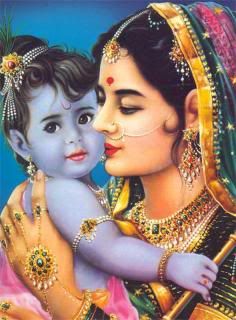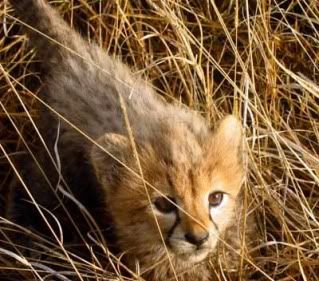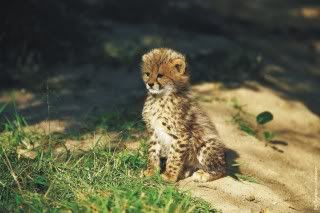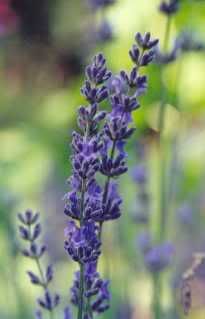Back in the 8th century, the church decreed that November 1st would be celebrated as All Saints Day ~ a day set aside to honor martyrs and saints. This, of course, was an attempt to gloss over another culture, since, for 2000 years, Celts and Druid priests combined harvest festivals and celebrated the new year on November 1st.
The Celtic dead, you see, were believed to have access to earth on Samhain, which fell on October 31st. At that time, the boundary between the worlds of the living and the dead was lessened. To celebrate, Celts danced around huge bonfires while wearing heads and hides.

This was done to confuse the spirits. Offerings of burned crops and animals were given to the dead who returned at that time.
Clearly this is something the church wanted to cover up. So at the end of the first millennium, they designated November 2nd as All Souls' Day as a time to honor the dead. To keep up with the Druid and Celtic pagenatry, All Souls' Day was celebrated with... (ready??) huge bonfires...

...and people dressed up, though not in animal heads and hides. Rather, they dressed as saints, angels, and devils.
Back then, All Saints Day and All Souls' Day were known as All-hallowsmas, which made October 31st "All Hallowed's Eve" or Hallow'e'en.
Getting back to Mexico... when the Spaniards arrived they met up with two-month celebrations honoring the harvest, the dead, and the new year. This was a long-standing tradition. For more than 500 years, the goddess Mictecacihuatl, who is the Lady of the Dead, presided over Aztec harvest rituals. Guess what they used? Yep. Fire (and incense)...

...and costumes of animal skins. To this was added images of their dead and offerings of ceramics, personal goods, flowers and foods, drink and flowers.

So the church stepped in and attempted to transform this joyous (and long) celebration into a serious (and short) day of prayer focusing on tragic images of death and reflection on saints and martyrs. This did not meet with universal acceptance.

Instead, All Saints' Day and All Souls' Day evolved into Dia de los Muertos ~ a celebration to honor the dead with color, flowers, candles, and joy.

The flowers are, as you see, marigolds.
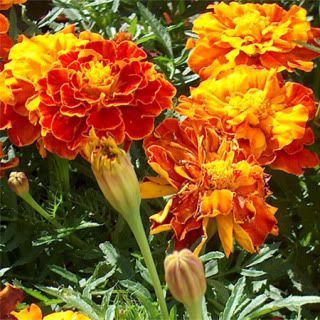
Marigolds are traditionally used to decorate altars for Dia de los Muertos.

Called Cempazuchil, or Flower of the Dead, Marigolds go back to the Aztecs. In the Aztec language, marigold is Xempa (which means dead) + Xochitl, meaning flower. This was changed for easier pronunciation in the Castillian Spanish, becoming Cempazuchil. Marigolds represent the sun's rays. Since the sun is the origin of all living things, marigolds are the symbol that the deceased have not lost their place in the universe.
And that is why this bracelet is in marigold colors. And why the clasp is a sun.

And that is why Day of the Dead is still celebrated.

Some day all these might be superseded by a different holiday, but I'm betting it will involve bonfires and dressing up, and a lot of good food.

And you could still wear the bracelet.



